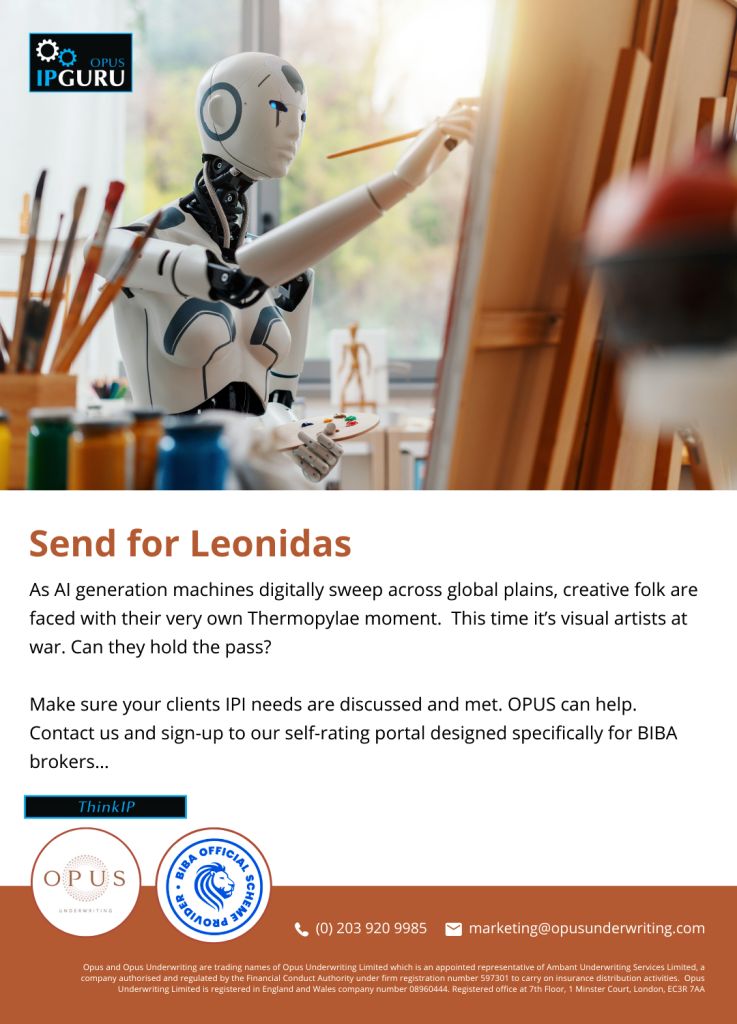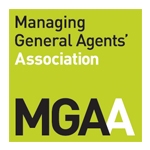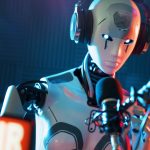Greek Tragedy
Pandora didn’t have a box; she had a jar. Whatever, she got curious, it just sitting there and all, so she opened it allowing sickness, death, and a whole smorgasbord of other evils into the world, or so the Greek legend goes.
There’s another jar just opened in IP. This one contains AI generated art. Boy, what a mess this could get. And if you think this one won’t release evil, walk a mile in the shoes of a struggling artist particularly of the sci-fi genre, an early AI art target.
Let’s take a bog-snorkel through the issues.
Finger on the pulse
The law as it stands (albeit currently under siege and taking the occasional incoming from a trebuchet) is relatively straightforward.
A machine cannot obtain copyright protection because it’s not human. Simplistically, if a human creates an image, copyright in that image follows automatically and you can stop others from copying it. So far so good.
In UK law, most believe, AI generated artwork is copyrightable but for a reduced term of 50 years from its creation. But who owns the copyright in AI generated artwork is questionable. This is a bump in the road and not so good. Our (nearly) 40-year-old law on this issue, The Copyright Designs & Patent Act 1988, is struggling to keep up with the times. We need an author. Who might that be? The Act says it’s:
“…the person by whom the arrangements necessary for the creation of the work are undertaken…”
Hmmm… maybe that’s not helpful for AI generated artwork because the field’s a bit wide including:
- The software developer.
- The data ‘inputter’ into the AI generator.
- The AI machine trainer.
- The owner(s) of the images fed into the mincer (sorry, the AI generator machine).
So far, not so good. And, of course, copyright may even be shared! Let the nightmares commence.
Harvest festival
There are a number in image generators out there perhaps the most well-known are:
Mid journey, Stable Diffusion and DALL.E2. They all seem to work well and produce decent images. Whether the images are safe for you to use, or pregnant with the angst of impending litigation and laden with cost for alleged infringement from a real artist ‘poured into the hopper’, is quite another matter. You might be up for the risk, but a risk it is – make no mistake. The reality of all this is:
- Businesses busily writing protections into contracts.
- Original creators sifting digital and social media platforms looking for misuse of their images.
- Companies rich in visual content such as logos, doubling down on traditional registerable protections.
A right old bun fight now the jar is opened, delivering up what passes for entertainment in the world of the IP lawyer.
Regular readers of this Newsfeed will be having moments of déjà vu. At least you should be if you’ve been paying attention. All of this is so similar to the problems caused by AI generators to writers, journalists and musicians. The circle of creatives now under the AI cosh is complete. Perhaps there’s a unifying Macedonian king among them? The New York Times looks like a good candidate with its ongoing action against Open AI. We will see.
New frontiers
Each year that passes, an AI generated something or other is pushed under the courtroom lights to achieve IP protection, be that patent or copyright. Each year the courts them push back out the door demanding human input. As one IP judge put it, human authorship is a:
“…bedrock requirement of copyright” based on “centuries of settled understanding.”
Kind of; nice try – but not in my court.
Even so, the thickest fortifications must weaken under constant bombardment. As John Naughton writing for The Guardian on this subject last summer put it:
“…something has to give…”.
Rage against the machine
What’s not giving in quietly is the creatives themselves. They are pushing back. From screen writers to musicians and now visual artists. In a lawsuit filed in the U.S. in November 2023, hitting the courts for the first time in February this year, some 4,700 artists accused AI generator companies such including Mid journey, Stability AI, Deviant Art and Runway AI of misusing copyrighted art works to train their AI systems to produce art. The artists are claiming credit and compensation. The battle is unfolding. Probably, it will end in either an agreed ethical code of practice(a bit dull) or a finely honed, eloquent and unequivocal court ruling to be leant on for decades to come by lesser judges in small courts (a far more exciting prospect).
Not so Dumbo
Elephants can produce art and do. It’s perhaps unsurprising there have been debates over copyrighting such works. Works created by animals cannot currently be copyrighted for similar reasons to AI generated art. It’s all about the trainer. Elephants are deemed to be trained to daub paint on paper placed in front of them. Suggesting it’s all for show and a bit of a trick. I’ll draw no further comparisons.
If we squint into the future, can we see three separate IP courts for humans, machines, and animals? And what if one animal seeks to dominate the art world, like a Chimpanzee? We already know the ending. It involves Charlton Heston, a horse, a shoreline, and some frustrated sand-thumping as the remains of the Statue of Liberty hoves into shot.
“You maniacs!”
Murray Fairclough
Development Underwriter
OPUS Underwriting Limited
+44 (0) 780 145 9940
underwriting@opusunderwriting.com








